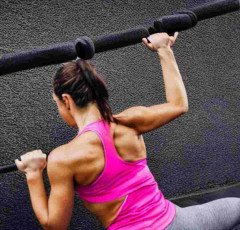
What are HIIT Workouts and Why You Should Do Them

It is a well understood that there is a necessity for the physical activity and yet the statistics show that people still do not move enough stating that 20% of people in the world do not move their bodies physically during the day.
Your probable type of activity is most likely an intense exercise plan, especially if you do not have a physically challenging job.
HIIT involves the performance of vigorous exercise followed by less vigorous with a break in between. Ironically, possibly it could be one of the most efficient exercising methods in terms of time.
Generally, a HIIT workout can range from 10 to 30 minutes to complete.
Even though the physical exercise regime may not take too long, the benefits of the activity to health may be as effective as twice the moderate intensity exercise.
As to the specific workout it may be sprinting, biking, jumping rope or any other kind of exercise involving the own body weight.
A HIIT session on say the stationary bike will therefore entail a period of 30 seconds during which a person must exercise at his or her highest capability, with the bicycle set at the highest resistance level.
HIIT exercises have been known to mobilise a great number of calories in a very short time.
Here are the benefits of HIIT which can assist you in losing some calories in a short span of time.
Metabolism is raised for several hours after HIIT workout is done and this is an important statement.
It is possible to lose fat with HIIT.
Research also shows that HIIT can help in getting rid of fats in the body.
It allows you to add mass – muscle mass to be precise.
In some people, HIIT may also assist in building muscle volume adding to the advantages of fat loss.
HIIT can also raise the intakes of oxygen.
HIIT can reduce certain variables like heart rate and blood pressure.
HIIT might also possess other benefits for user’s health.
HIIT could decrease the levels of blood sugar.
Remission of high blood sugar is possible with HIIT regimens of less than 12 weeks.
In 50 of the analyzed research, the authors identified that HIIT leads to better reduction of the insulin resistance as well as blood glucose levels, compared to continuous steady exercise. Based on these findings, it can be concluded that high intensity exercise might be particularly beneficial to the risk of developing type 2 diabetes.
It has even been reported that HIIT benefits in reduction of blood sugar in some studies that targeted only people with type 2 diabetes. Someone, studies done on healthy subjects indicate that HIIT could be even more dangerous than the conventional steady training in lowering insulation resistance.
HIIT improves both the aerobic and the anaerobic fitness levels It has also been shown.
The following are the guidelines on how to start HIIT
The idea of HIIT may be implemented into your fitness programme in several forms, meaning that you can easily begin with it. And it’s as easy as choosing any sport to commence with- like running, biking, jumping rope, among others.
After that, you have a variety of options in terms of time you spend training or recovering, or as people call it period of high-intensity and period of low-intensity workout.
You can build your own effective HIIT routine by using the following advice
Select a lower impact intervention to which you perceive a positive reaction. For instance, if you have not jogged in a while, do not go full blast which may lead to an injury. If you have joint problems you might want to begin with a lower impact activity like cycling or swimming it is advisable.
Make sure that you set sufficient time for your own rest. This means you must break it up in such a way that you can only comfortably apply the needed intensity for HIIT if your rest periods are as long or longer than work periods.
Sessions should not last long and should be limited to not more than 30 seconds. Looking at the test’s parameters, it will be not easy to sustain the level of intensity during training for a period longer than 30 seconds to be considered HIIT.
Probably two or three times in the beginning, and then twice a week at the latest. Endurance exercises that are associated with higher impact are highly straining during HIIT training. In order to avoid related injuries, it is strictly advised that proper ‘resting’ must be observed between training sessions.
Here are a few straightforward HIIT workout examples
Before that, run for five minutes at a slow pace to warm the body and then sprint at the highest speed for 15 seconds in total. Second, the patient should run as fast as he or she can for some amount of time and then switch to a slow, leisurely walk for several minutes. For ten- twenty minutes practice all these steps in sequence. Squat jumps and any that you do are to be made as fast as you can for 30-90 second. Further, stand or walk for about 30-90 seconds. One should perform this set for ten to twenty minutes.
It is said that one can lose more calories with HIT than with other forms of exercising. The program is extremely beneficial form of exercise. By being able to do High intensity interval training metabolism can be boosted and it goes on several hours after the workout hence affecting some of the calories burnt. All in all, HIIT provides most of the similar health benefits as any other form of exercise but in a shorter way.
Some of these benefits include; lower body fat, heart rate as well as blood pressure. Further, HIIT might improve the body’s ability to recognize insulin and therefore lessen the level of glucose in the blood.
So make use of high intensity interval training if you want to exercise though you want to do it in a short time.





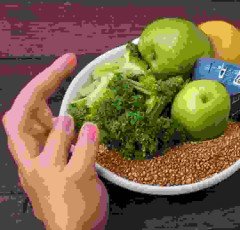

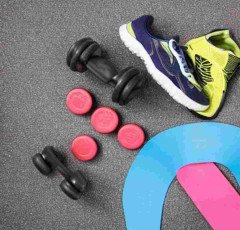












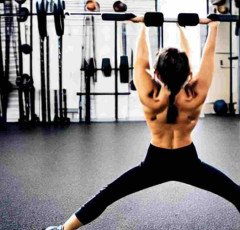






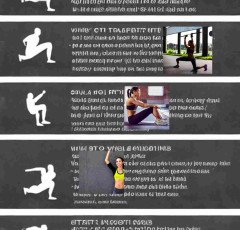
















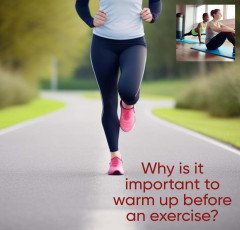






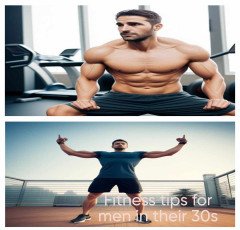









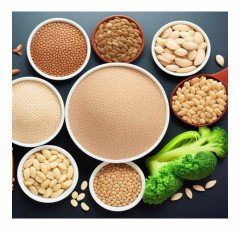

























 ASUS Laptop
ASUS Laptop  RPM 3.0
RPM 3.0  Unlimited access to classes on illustration, photography, design, film, music
Unlimited access to classes on illustration, photography, design, film, music  NordLocker
NordLocker  Dell Laptop
Dell Laptop  ASPINAL LONDON
ASPINAL LONDON  Sennheiser
Sennheiser  Amazon Best Selling Products
Amazon Best Selling Products  iPhone cable
iPhone cable  Healthy Ingredients
Healthy Ingredients  Smart Doorbell
Smart Doorbell  Puma (Clothing & Accessories)
Puma (Clothing & Accessories)  Hanging Lights For Living Room
Hanging Lights For Living Room  Wall Lamp
Wall Lamp  Unreal Engine 5 For Beginners Learn The Basics Of Virtual Production
Unreal Engine 5 For Beginners Learn The Basics Of Virtual Production 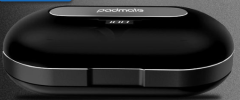 ELECTRONIC ACCESSORIES
ELECTRONIC ACCESSORIES  Artificial Intelligence
Artificial Intelligence  Smart Watches
Smart Watches 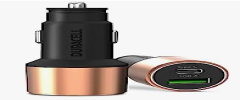 Dual USB Car Charger
Dual USB Car Charger  Digital Voice Recorder
Digital Voice Recorder  Rakhi
Rakhi  Women Fashion
Women Fashion  Best Robotic Vacuum Cleaners
Best Robotic Vacuum Cleaners  Acer Laptop
Acer Laptop  Bathroom Mirrors
Bathroom Mirrors  All Wireless Products
All Wireless Products  Online Technology Classes
Online Technology Classes  One World Collection
One World Collection  Graphics & Design
Graphics & Design  Only For The United States
Only For The United States  Best Sellers On Amazon
Best Sellers On Amazon  Essentials for Gamers
Essentials for Gamers  Crocs
Crocs  Apple iPhone
Apple iPhone  Duke T Shirts
Duke T Shirts  NordVPN
NordVPN  Adidas Shoes
Adidas Shoes  Creative Brief For Video Shoot
Creative Brief For Video Shoot  Kitchen Tap
Kitchen Tap  Wireless Gaming Mouse
Wireless Gaming Mouse  The Secret Email System
The Secret Email System  BEST SELLER TOP10
BEST SELLER TOP10  SOFAS
SOFAS  Online Marketing
Online Marketing  Wristbands
Wristbands  Door Handle Collection
Door Handle Collection  TitTok Revolution
TitTok Revolution  Men Clothing
Men Clothing  Stylish Sneakers by Red Tape
Stylish Sneakers by Red Tape  NordPass
NordPass  Samsung Mobile
Samsung Mobile  SEO Checklist
SEO Checklist  Hello Theme
Hello Theme  Realme Smart Phone
Realme Smart Phone  LCD Writing Tablet
LCD Writing Tablet  Pet Care Products
Pet Care Products  Prime Video
Prime Video  Motion Sensor Light
Motion Sensor Light  Kitchen Daily Use
Kitchen Daily Use  Wireless Bluetooth Earphones
Wireless Bluetooth Earphones  Air Purifier for Home
Air Purifier for Home  Best Selling Books
Best Selling Books  HP Laptop
HP Laptop  Top Rated From Amazon
Top Rated From Amazon  Hot Bags For Pain Relief
Hot Bags For Pain Relief  Echo Dot - Smart speaker with Alexa
Echo Dot - Smart speaker with Alexa  The Click Engine
The Click Engine  4k Projector For Home
4k Projector For Home  1150+Trendy kids coloring pages Bundle
1150+Trendy kids coloring pages Bundle  Home Decor Items
Home Decor Items  Best Home Appliances
Best Home Appliances  Favorite Company (Cuelinks)
Favorite Company (Cuelinks)  Best Phone
Best Phone 


















